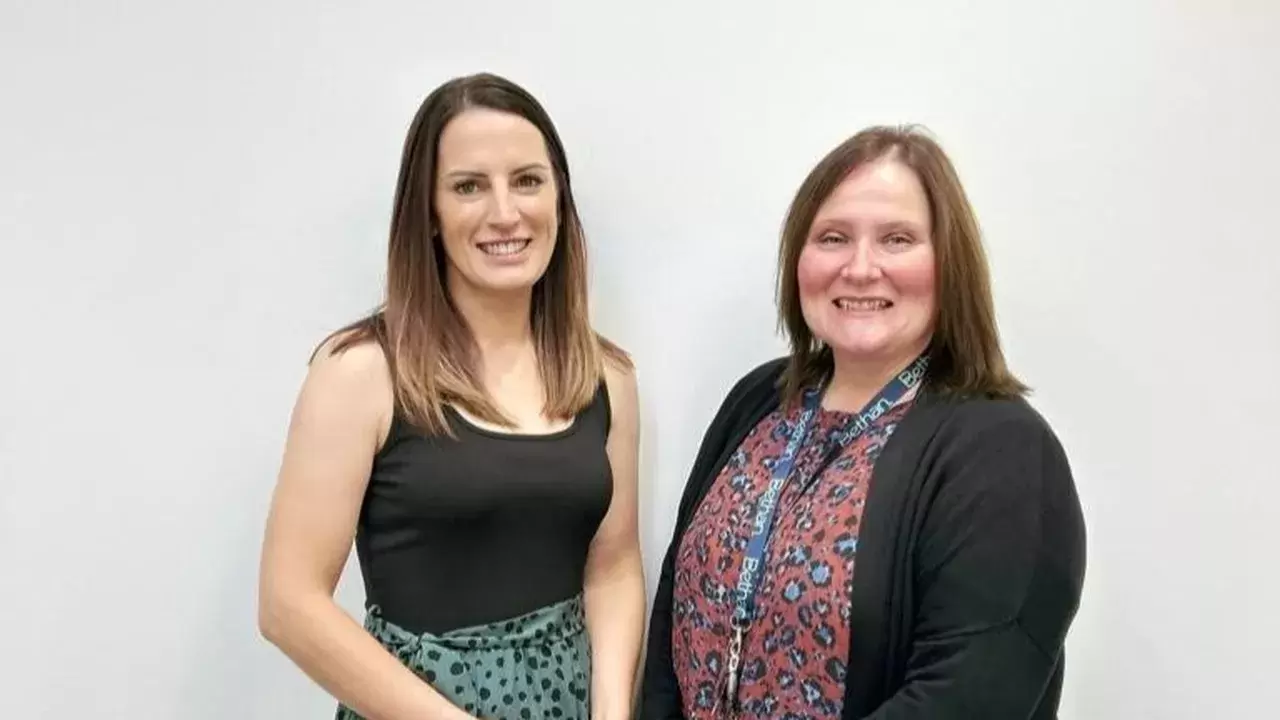Trade Assurance Visits – What You Need to Know
When HMRC call to arrange a visit to your business, it can be a daunting prospect. However, as with most things, once you have done your homework, and de-mystified the process, you are more than half-way there.
So why do HMRC want to pay your business a visit? To check that company records and systems concerned with the import and/or export of goods are sufficient to provide the information required by EU regulations. They will also want to verify that the value of goods declared for import duty and VAT purposes is in line with EU regulations, and that the amounts of import duty and VAT declared are correct.

An initial call outlining the reasons for the visit will be followed up with written confirmation, containing: an opening letter with the name of the visiting officer (and whether they will be accompanied), the proposed date, time and location of the visit. HMRC will also provide a schedule of information and documents needed to carry out the relevant checks, as well as a list of entries to be tested for verification. These entries will be targeted and, depending on the business activities, will include import and exports. Finally, a compliance check information document will also be included.
Companies will be expected to reply in writing accepting the visit, although you are entitled to request a rearranged date, time or location of visit, provided you have a sound reason.
To prepare for the assurance visit, you will be expected to have all relevant documentation that relates to your customs activities readily available. This will include copies of incorporation documents, authorisations and any licences the business may hold in relation to their customs activities.
From the entries selected by HMRC, the visiting officer will want to see all documents for the order selected, from placement of order, to receiving the goods into the company warehouse and records, to the goods being stored and subsequently removed from the warehouse. The actual visit will, in essence, be split into three different sections: a tour of the premises, paying particular attention to the storage of products; a review of the documentation and testing of these documents for the entries selected, and the completion of a detailed questionnaire that will check and confirm the operation, performance and suitability of the business.
At the conclusion of the visit, a close-out meeting will be held with all relevant stakeholders in the customs activities of the business. During this meeting, the visiting officer will advise if they require any documentation to be sent to them to allow them to complete their report.
Once the visiting officer has completed their report, they will send you a written copy. This report will include any penalties or demands for payment of duty that are applicable. There will be a right-to-be-heard period, should you wish to appeal, and also details of how to make payments, should you wish to accept the charges unchallenged.
My colleagues and I at Bethan work with clients at every stage of the process. From the outset, we provide advice and support, right from how to reply to the HMRC officers’ request, to the preparation and formulation of documentation for the audit, and analysis of gaps prior to the audit.
We support clients with filling these gaps, and advising/of any possible penalties that may arise. We can also take the lead or assist during the audit itself. Following the audit, we can prepare a report, helping to answer any queries that arise, and to challenge or respond to any HMRC penalties, right through to close-out and lessons learned for the future.
Stuart Wood
Bethan Customs Consultancy


